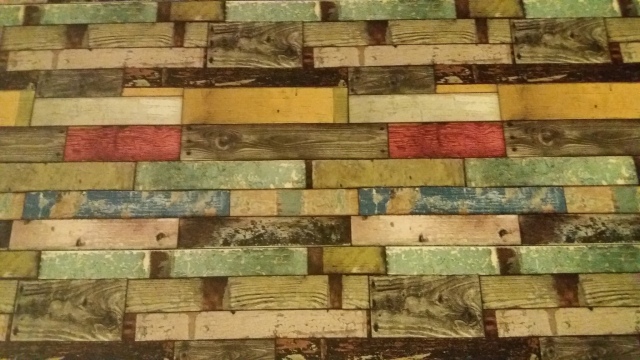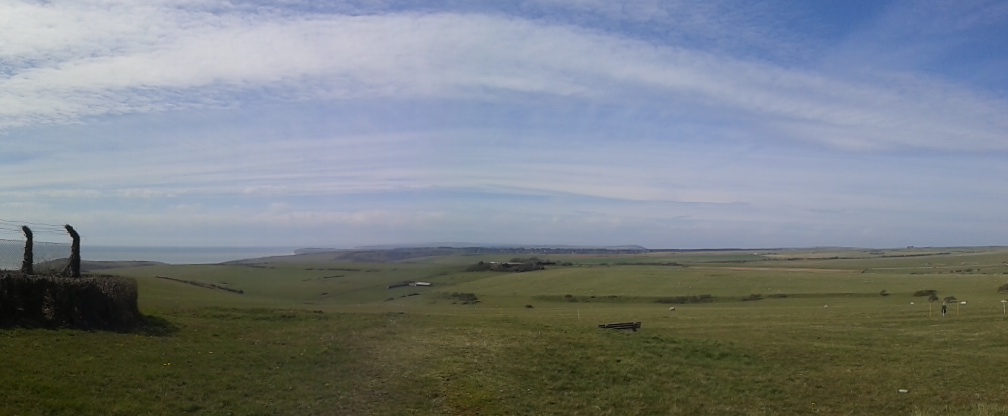 I just love this conversation between Krista Tippett and angel Kyodo williams talking about meditation. The podcast and transcript can be found https://onbeing.org/programs/the-world-is-our-field-of-practice-apr2018/
I just love this conversation between Krista Tippett and angel Kyodo williams talking about meditation. The podcast and transcript can be found https://onbeing.org/programs/the-world-is-our-field-of-practice-apr2018/
ANGEL KYODO WILLIAMS is the founder of the Center for Transformative Change in Berkeley, California. She’s the author of Being Black: Zen and the Art of Living With Fearlessness and Grace and Radical Dharma: Talking Race, Love, and Liberation.
I have looked at only one aspect of the conversation – the practice of sitting meditation.
williams is a Zen priest and offers incredible insights into the sitting practice. When we sit in meditation we experience and observe enormous number of emotions that we think are ours. This extract helps us make sense of emotions – we often take on others – and the language and imagery is explored in such a way that it landed on me and got me thinking.
In taking up bits from the conversation, I am captured by the idea of the emotions in a house and the layeredness of them. Here Tippett shows the idea in an instant – “we sit and feel”. What a wonderful way to see it.
MS. TIPPETT: One of the words you used, when you were writing in 2016 about what this moment requires of us, is that it calls for “pause.” And you come from a tradition, a spiritual tradition, which has sitting at its core — “So we sit, and we feel” — I want you to unfold that a little bit, because this thing we’re talking about, it’s so countercultural; it can so easily sound like this is about not being relevant and not attending to what is urgent. But sitting, as you — and what happens in sitting and in pausing is not about not acting. It’s a different move, so just take us inside that.
williams picks up the language of the “different move” but her response eloquently demonstrates how we interpret our feelings and, as she says, they ‘are not clean, or not free of all of the things that are impacting us outside’:
REV. WILLIAMS: Yeah, I love that — “It’s a different move.” There is so much momentum to every aspect of what drives us, what moves us, what has us hurtling through space, including all of our thoughts and even our own sense of our emotions; how we interpret any given feeling, any experience of discomfort; where that discomfort sits in our bodies. It’s not just that we have a feeling of pain or awkwardness. It’s that we then interpret that.
And those interpretations — much to our chagrin, we come to understand through a process of observing them — are not clean, or not free of all of the things that are impacting us outside. And so even our sense of what pains us and what makes us feel shame, feel guilt, feel awkwardness, feel put-upon by people, feel disempowered, has to do with the external information and cues that we have received. And they’re moving at an incredible rate of speed. And, for the most part, we almost never get the opportunity to observe them and sort through them — kind of like that drawer that collects everything in your house.
MS. TIPPETT: I have a few of those.
For me, the house imagery really says it all:
REV. WILLIAMS: Yeah, where you say, “Oh, but wait a minute, someone lived in this house before me,” in essence. “And some of that stuff is not mine. Actually, this is not mine. That’s my mom’s. This is not mine; that’s the inheritance of white supremacy,” or, “That’s the inheritance of generations of oppression and marginalization that subjects me to habitually feeling less-than, even if the current situation has no intent to make me feel that way.” And we have no real way of being able to discern what is mine, what is yours, what are we holding collectively, what have I inherited, what have I taken on as a measure of protection, of a way to cope at some point in my life or past lives, that I no longer need?
As williams says, there is no quick fix to get to the other side of how it can get to be and really is a daily process. williams again:
And sitting lets us begin to do that. It doesn’t do it right away, because what we first are confronted with is just the assault of the amount of thoughts and the mixed messages that just inhabit our body and our mind and our experience on an ongoing basis — that when we sit, the first thing we’re met with is not quiet or calm or peace. The first thing we’re met with is, “Oh, my God. Who is in here, and why won’t they shut up? How do I get them to stop?” And not only is something and someone and everyone speaking to me, it’s mixed messages. Things don’t agree with each other. I don’t agree with my own truth. I’m having arguments in here that are not my arguments, they are someone else’s arguments. They’re my parents’ arguments.
For the first time in my life, I have heard someone explore with such precision what happens to our thoughts and emotions. So often they are not our own and yet we make them our own – they are someone else’s arguments. Wow, what simplicity and so much power. williams continues by saying how important sitting is:
Sitting lets us just, first of all, recognize that we are this massive collection of thoughts and experiences and sensations that are moving at the speed of light and that we never get a chance to just be still and pause and look at them, just for what they are, and then slowly to sort out our own voice from the rest of the thoughts, emotions, the interpretations, the habits, the momentums that are just trying to overwhelm us at any given moment.
Ultimately, I am drawn to this because of the way in which williams singles out our own agency, our own choice, that we don’t have to be this or that or yanked around by other’s emotions. It gives a boundary that is quite extraordinary.
And when I say “trying to overwhelm us,” that’s really a key thing to understand, because that means that there’s an “us.” There’s a core and deep and abiding “us” that is being overwhelmed by something that’s actually not us. And when we become aware of it, we’re like: “Oh, I actually have some choice here.”
I believe it is grace that brings us to hear such incredible insights. I am so often aware how there is not a non-stop flight to our destination but rather short hauls to the next place where we are given opportunities to learn more deeply about ourselves and how we deal with stuff. Krista Tippett and angel Kyodo williams have been great travelling companions and I am grateful to them for how they help us to find our own voice with a language and clarity that I never thought possible.










You must be logged in to post a comment.